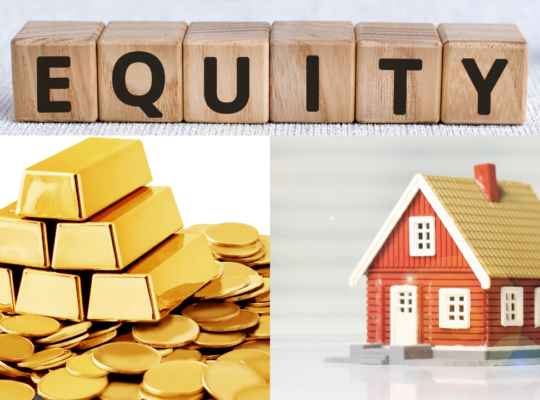
‘Sequence of returns’ risk refers to the possibility of your portfolio experiencing negative returns later on in your working years and/or early in your retirement years. This risk arises from the order in which your investment returns take place. It is especially important in the five years before and five years following retirement, known as the ‘fragile decade’. Investors at this stage of their life are particularly exposed to ‘sequence of returns’ risk. Let us illustrate this risk with an example.
Assume two investors, A and B, begin their retirement period at the age of 60, with the identical corpus of Rs. 1 crore each. Two separate market situations play out for A and B, with equal returns but in opposite order. That is, A’s portfolio sees larger returns in the early years than B’s portfolio, and vice versa in the later years, where B’s portfolio sees higher returns. We can assume that the CAGR for both portfolios at the conclusion of these ten years will be the same, at 12%.
Let us now evaluate how the two scenarios would turn out if both A and B made periodic withdrawals over this 10-year period (the withdrawals are for their retired years living expenses). If A withdraws 6 lakh at the beginning of each year, his money will rise to 1.15 crore at the end of ten years. B, on the contrary, will end up with an amount of 50 lakhs only at the end of these 10 years. Despite having the same average CAGR market return at the end of ten years, ‘A’ has almost 65 lakh more than ‘B’ due to the order of returns. B’s funds are significantly drained, despite earning higher-than-average returns in the later years. This is because ‘A’ received greater returns in the early years of this 10-year span, giving him an advantage.
For retirees, the ‘sequence of returns’ poses a greater risk because no new money may be contributed to their corpus as they are no more working. A market downturn at a time when they are consuming the retirement corpus is a double blow.
So, what should retirees do to avoid this ‘Sequence of returns’ risk?
One cannot foresee the sequence of market returns in the future. However, there are a few things you can do to make yourself more ready for any situation. The essential component is to have a diverse investment portfolio. Spreading your investments across different asset classes might help to mitigate losses in a certain area of the portfolio. Next, plan a smooth transition for your investments at least two to three years before you retire. This is a gradual transition from an asset class that is volatile like stocks to a stable option like fixed income instruments. The final two years before retirement are incredibly important. Returns from SIPs over the past 15-20 years might be reduced to a trifle if the market falls during that time. Begin shifting this money to a safer channel, such as fixed income products, around 24 months before your retirement. The goal is to preserve your acquired wealth against an adverse sequence of returns that take place not just in your latter years of employment, but also during your early years of retirement.
Furthermore, aim to mitigate the depletive effect of withdrawals amid significant market drops. Set aside a portion of your retirement savings to invest in liquid funds or FDs. This carved-out amount should be sufficient to support your living expenditures for the following two to three years. When the stock market falls, don’t withdraw from your main market-linked portfolio. Utilize this fixed income basket to withdraw funds during market downturns. With this extra cushion, your equity-linked portfolio shall have enough time to recuperate.





